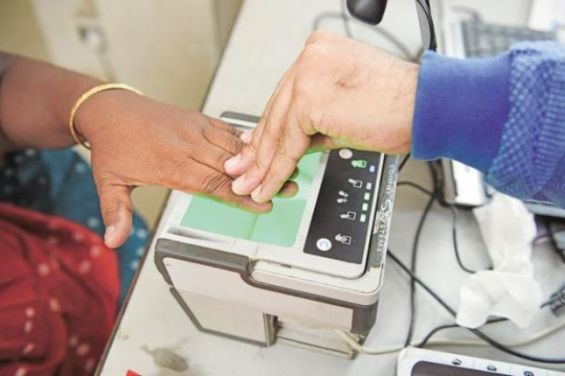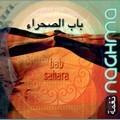Moroccan officials are exclusively interested in India’s Aadhaar, a 12-digit unique identity number issued to all Indian residents based on their biometric and demographic data. Launched by the Indian Ministry of Electronics and Information Technology in 2009, this system has been an efficient model for the fight against poverty that Morocco is planning to rely on, reports EFE.
In fact, the Moroccan goverment currently pays one third of the prizes allocated to 1 kilo of sugar, a bottle of gas and 1 kilo of flour. This year, the above-mentioned procedure would cost Morocco 13 billion dirhams, an increased number in comparaison to the previous years. In 2015, the Justice and Develoment Party (PJD), taking advantage of the low oil prices, began to decompensate these three products with the aim of reducing the government deficit, but without affecting the population, says the Spanish news agency.
An all in one card
Accoridng to Lahcen Daoudi, Minister in charge of General Affairs, the objective is to group all kinds of assissting services provided by the state, social, medical and financial, through a single payment that will be donated to the poor based on their needs. Morocco wants to «adapt to the local situation» and the idea of «biometric cards» implemented in India, and known as Aadhaar, is perfect for reaching this goal.
To put it in other words, these are cards which contain biometric data. Attributed to families who request it, they contain the information needed to assess their poverty level. In fact, the user can go to any business, equipped with a card reader, and buy basic consumer products with an adaptable price. Hence, only those who are really poor will have the chance to buy goodies with a cheap price.
The buts howevers
This model, according to Lahcen Daoudi - will be installed in 2019, and is expected to be put in force in 2020, promises the minister. He also said that the government would receive financial and technical assistance from the European Union, the United Nations Development Program (UNDP), Unicef and the World Bank. Institutions with which the Moroccan authorities meet frequently to perfect the details of this project, says Efe.
If the entire government agrees on the philosophy of this plan and believes in the Indian model, it will still be necessary to reach a consensus on the money supply that will be devoted to this system ... which is not yet the unanimity in India. On January 4, the Indian daily newspaper The Tribune published an investigation proving that the Aadhaar system is vulnerable, reports Le Desk. The newspaper has managed to demonstrate that it was possible to access personal data of nearly 1.2 billion registered Indians in Aadhaar simply by entering a unique 12-digit number.
Moreove, a second investigation was conducted by the Indian online newspaper, The Quint, revealing that anyone can create an administrator account having full access to the Aadhaar database.




 chargement...
chargement...












